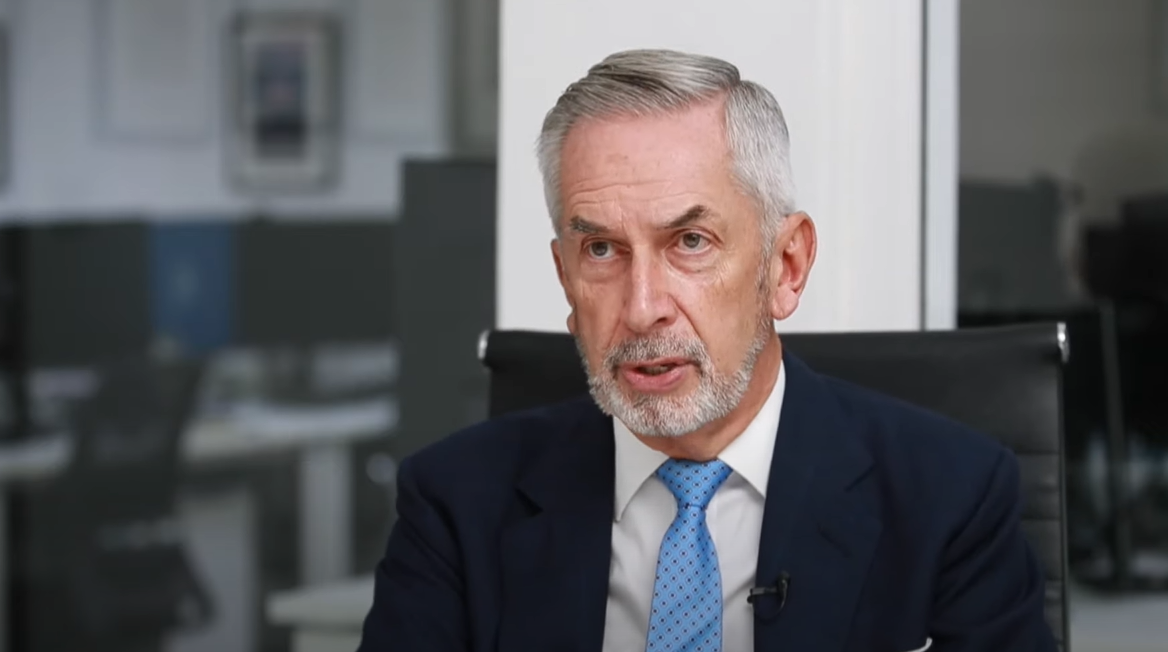‘Is this right?’: fund concentration rules give Terry Smith a headache
There are lots of rules governing how funds must be run, but there’s one in particular that this star fund manager finds strange. Sam Benstead explains what’s worrying Terry Smith.
16th October 2023 13:12
by Sam Benstead from interactive investor

Funds sold to retail investors in the UK must comply with strict rules to protect consumers.
Set out for open-end investment companies (OEICs) in the UK by the Financial Conduct Authority, but with identical rules to funds across Europe (including Ireland-domiciled funds) governed by “Ucits” regulations, they range from cost disclosures to standards around managing counterparty risk (like the banks they trade with) and rules around unlisted assets.
One key set of rules that OEIC managers must abide by relates to concentration in a portfolio. Funds cannot have more than 10% invested in a single company, and holdings accounting for more than 5% each cannot exceed 40% of a fund’s assets. It is known as the “5/10/40” rule.
- Invest with ii: Top ISA Funds | Top Junior ISA Funds | Open a Stocks & Shares ISA
This is why you won’t see holdings above 10% in an open-ended fund, and even the most concentrated funds need to own about 20 shares in order to practically comply by the rules and not be constantly breaching the sizing limits.
Note that investment trusts are not governed by the same rules as open-ended funds, and some funds are considered non-Ucits retail schemes, such as Lindsell Train UK Equity, and have more lenient rules around where they can invest.
- Terry Smith sells share he flagged as “concerning”
- The shares Nick Train says are undervalued compared to rivals
Terry Smith, manager of the £23 billion Fundsmith Equity fund, which is an OEIC, spoke out recently against these concentration rules.
Giving a half-year update on his strategy to MeDirect Bank, a Maltese bank, he said that the strong performance of some his biggest positions was causing him a “headache”.
He said: “One of the things that we have to deal with are the concentration portfolio rules, which obviously we’ve got to follow. We have our own ones and the mandated ones for an OIEC.
“We quite often find ourselves having to sell things because they are affecting our holdings over 5%. We can’t have more than 40% in companies that are over 5% of the portfolio.”
As a consequence, he says that there are days where he ends up taking money out of a company, not because he wants to, but because of the concentration rules.
Smith continues: “They [the rules] are there to protect people. But I do find it a bit strange that as a fund manager I can come in worrying that my best or biggest stocks will perform well. Is this right? I am not sure this should be exactly how I am led to think about this portfolio – that my biggest stocks are performing well and I’ve got a headache.”
While designed to protect investors, they can frustrate fund managers who cannot manage portfolios as freely as they would like, and can cause active fund managers to lag an index during periods where large stocks keep becoming larger. While an index will generally keep investing in its largest shares and not trim them, an active fund faces pressure to avoid becoming too concentrated, which may harm performance in the name of protecting investors.
- Fund Battle: Fundsmith Equity vs Lindsell Train Global Equity
- Why Terry Smith sold Amazon, and how his portfolio is performing
While funds comparing themselves to the MSCI World, like Fundsmith, are allowed to be more concentrated than the index (despite its huge size, Apple is still only 5% of the index), funds that try to beat more niche benchmarks often cannot replicate the index.
Take technology funds, for example. The FTSE World Technology Index has more than 10% invested in Apple and Microsoft, so an OEIC investing in the sector is destined to be well underweight these names. This may help performance if these giant shares fall back to earth, but will make the fund look relatively worse compared to the benchmark if they continue to lead the charts.
Lindsell Train funds breached concentration rules 11 times in 2019, according to analysis by the Financial Times. This included holdings in Lindsell Train UK Equity breaching the 10% limit, but was a result of shares becoming large due to stock market rises, rather than the fund manager deliberately investing too much in a company.
These articles are provided for information purposes only. Occasionally, an opinion about whether to buy or sell a specific investment may be provided by third parties. The content is not intended to be a personal recommendation to buy or sell any financial instrument or product, or to adopt any investment strategy as it is not provided based on an assessment of your investing knowledge and experience, your financial situation or your investment objectives. The value of your investments, and the income derived from them, may go down as well as up. You may not get back all the money that you invest. The investments referred to in this article may not be suitable for all investors, and if in doubt, an investor should seek advice from a qualified investment adviser.
Full performance can be found on the company or index summary page on the interactive investor website. Simply click on the company's or index name highlighted in the article.